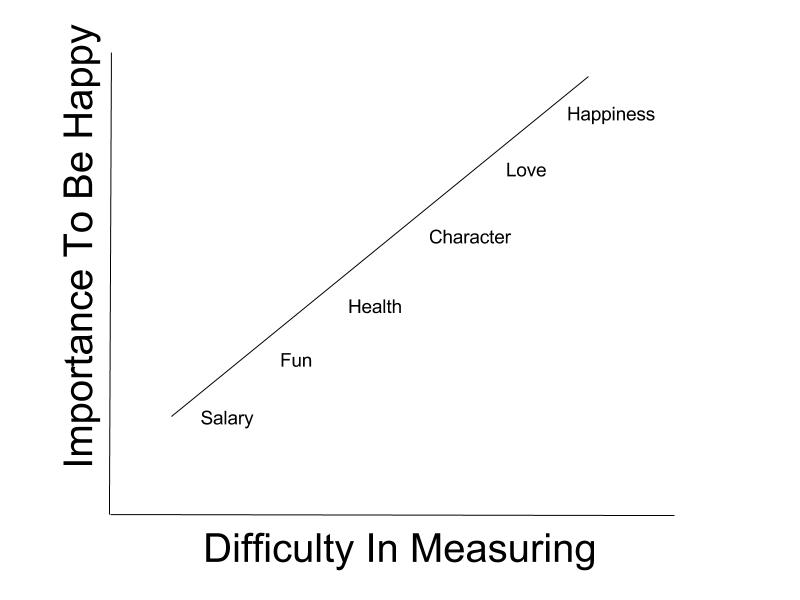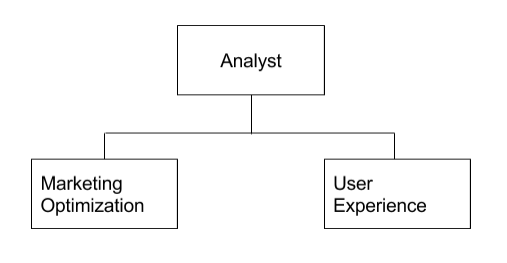437 days ago I began writing
my second novel and I just self-published it this week. During those 437 days I learned a lot about how to write a novel. I’ve also come to terms with the fact that almost no one will ever read it. So I thought I would share my thoughts on being an un-read, self-taught, self-published writer with you, in case you’re working to self-publish a book or someday want to.
Here’s a short list of the numbers:
Total days it took to write: 437
Days I actually added or subtracted words: 230
Longest daily writing streak: 38 days
Longest dry spell: 100 days
Days word count increased: 189
Days word count decreased: 40
Average word increase: 370
Average word decrease: 178
Largest single day: 2,215 words
Biggest single day cut: 1,589 words
Total words: 62,891
Looking at the data, here’s what I’ve learned:
- I shouldn’t be so afraid to delete.
Tracking my word count was a double-edged sword. It gave me some encouragement but it also caused me to not want to delete anything. This can be seen in the data: Of the 230 days I spent adding or subtracting to the book, only 40 of them was subtracting and the average deletion was only 178 words. “All writing is rewriting,†they say and I spent way too much time looking at the screen deliberating over what to do next instead of just going forward with whatever good-enough idea I currently had—future deleting be damned.
Dorothy Parker says it exactly right, “I would write a book, or a short story, at least three times–once to understand it, the second time to improve the prose, and a third to compel it to say what it still must say.â€
For my next book I’m going to focus less on being in control of where the story is going and instead write to understand. About three fourths of the way through I started taking those deleted paragraphs and pasting them into another document so that they would be safe somewhere in case I ever wanted to get them back. This method of humoring myself puts my mind at ease and I’ll continue to do it.
- Quantity of daily words is less important than the existence of daily words.
Of the days I added to the book, I wrote on average 370 words. That’s a lot less than the daily number many people hold themselves to. Apparently Stephen King writes 2,000 words a day, while my single biggest contribution in a day was 2,215.
For me, 370 words a day is all it takes. Instead of getting hung up on the daily total, I started to focus on the amount of time I spent writing. This suits me much better. I’ve also found that when my time limit is up, I’ll just stop, even if I’m in the middle of a sentence. This way when I sit down the next day I can pick up the momentum right where I left off.
- The writing skill I lack the most is the diligence to sit down and write every day.
I’m pretty awful at spelling, I think my grasp of grammar is meager at best and my understanding of what makes a plot work is modest. But the thing that stands in my way of being a good writer the most has nothing to do with any of those things. As Steven Pressfield said, “The single most critical skill for the artist is this: The ability to sit down and do her work.â€
It took a total of 437 days from the first day I started writing until my book was done. Of those days I only actually wrote 230 days, 52% of the time.  My longest streak was 38 days and my longest dry spell was 100 days. Based on my daily average, I could have hypothetically reached the end in 169 days instead of 437. I am convinced that sitting down to write everyday—every.single.day—is what separates pros from amateurs.
- The solution to get over writer’s block is a combination of #1 and #3.
When you look at the trend line of my daily words you can see that by the second month of writing I’d hit a wall. I was hung up on the inciting incident of the story. I couldn’t figure out how to make it exciting enough to pull the reader in while at the same time push the protagonist forward in a believable way. Instead of writing I fiddled with outlines, fraught over the daily word count (see #1) and stopped sitting down in front of the computer (see #3).
Then I did what I can only describe as act on faith—I just wrote what came to mind, knowing that it sucked, but just kept going. In the process of writing, the ideas “popped out†that helped me get over the problem I faced (I sense a metaphor for life somewhere in there). It helped that from the beginning I knew how the book would end. The new book I’ve started to write (eight thousand words in so far) doesn’t have an ending yet which makes me a little worried.

- The really good book I want to write someday is still inside me and between now and then I have a lot of books to write.
I don’t claim that my new book is amazing and that everyone should read it. If you’re into the crime/mystery/thriller genre you might like it.
From the outside-in, spending the amount of time I did on a book that stands very little chance at making any money and that few people are ever going to read (my first book that I finished a year ago has so far sold 14 copies and sits laughably at the #3,057,215th spot on Amazon’s Best Sellers Rank) doesn’t make much sense. I completely understand that (the voice in the back of my head reminds me of it all the time). I can only say that from the inside-out, to me, writing books makes a lot of sense. I think I’m going to enjoy this book more than anyone else ever will.
The rationalization I use for the negative voice in my head is that ultimately my new book is a stepping stone to the really good one I’ll someday write. I adhere to the strategy of writing a great book in the same way Robert Rodriguez makes movies and Louis C.K. writes jokes.
Robert Rodriguez said, “I read about this art class once. If half the class made 50 clay pots, they’d get an A. The other half had to make one perfect pot. As the one half cranked through their 50, they made 10 perfect pots because they figured out how to do it. The people concentrating on the one pot turned it to mud because they overworked it.â€
Next, Louis C. K. tells the story of spending fifteen years going no where as a comedian working and re-working the same stand-up material. Then he heard an interview with George Carlin who said his method was to record one comedy special each year. The day after Carlin was done recording, he’d throw out his material and start over. Feeling desperate, C. K. adopted Carlin’s strategy by throwing out his material and wrote something new each year. As a result he became one of the best comedians of all time.
With Rodriguez and C.K in mind, I’m hasty to a fault in publishing my book. I know there’s some spelling and grammar errors that I missed but I’m okay with that. It’s easier to polish a book forever then it is to start a new one, and if it’s easy I’m not getting better.
I plan to finish my third book at the end of this year (I’m going for Science Fiction this time). I’m thinking that by the time I’ve written my tenth book (slotted for release in 2024), it will be a great one.


